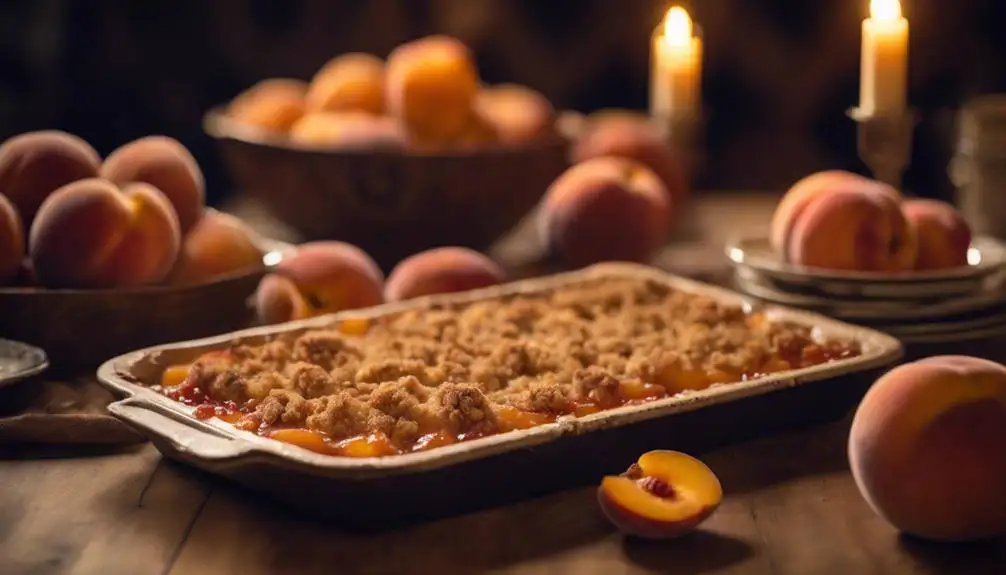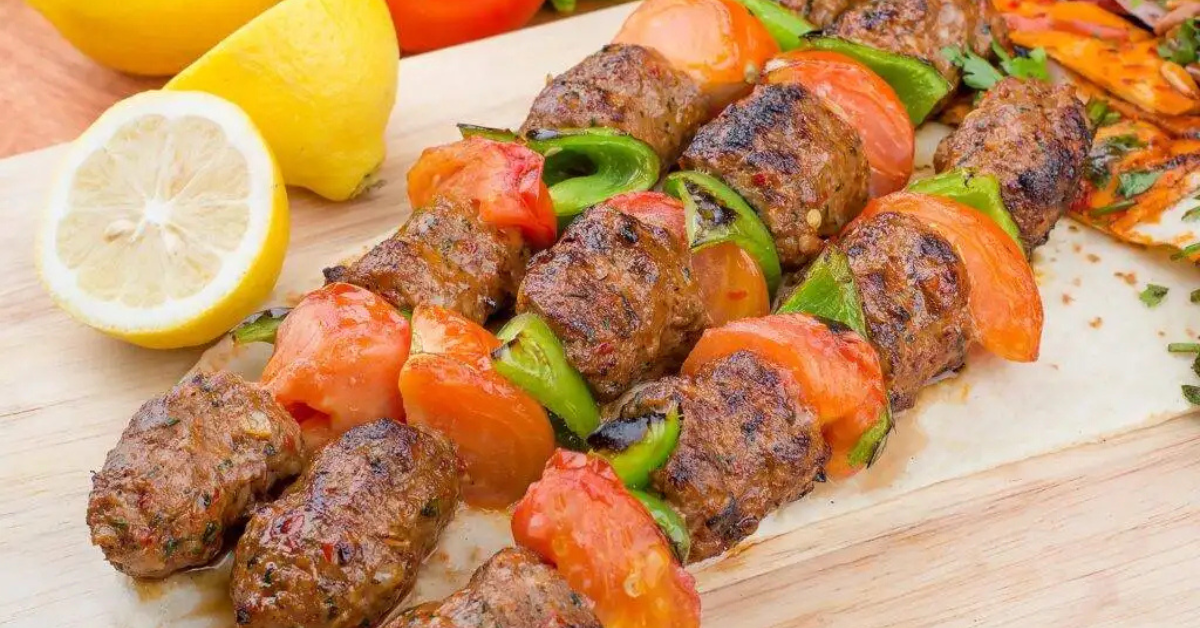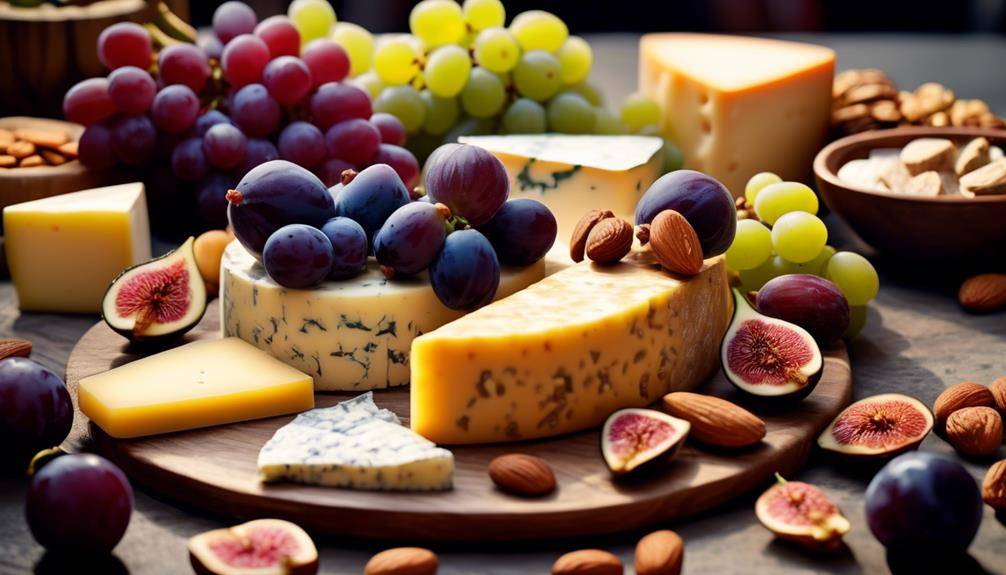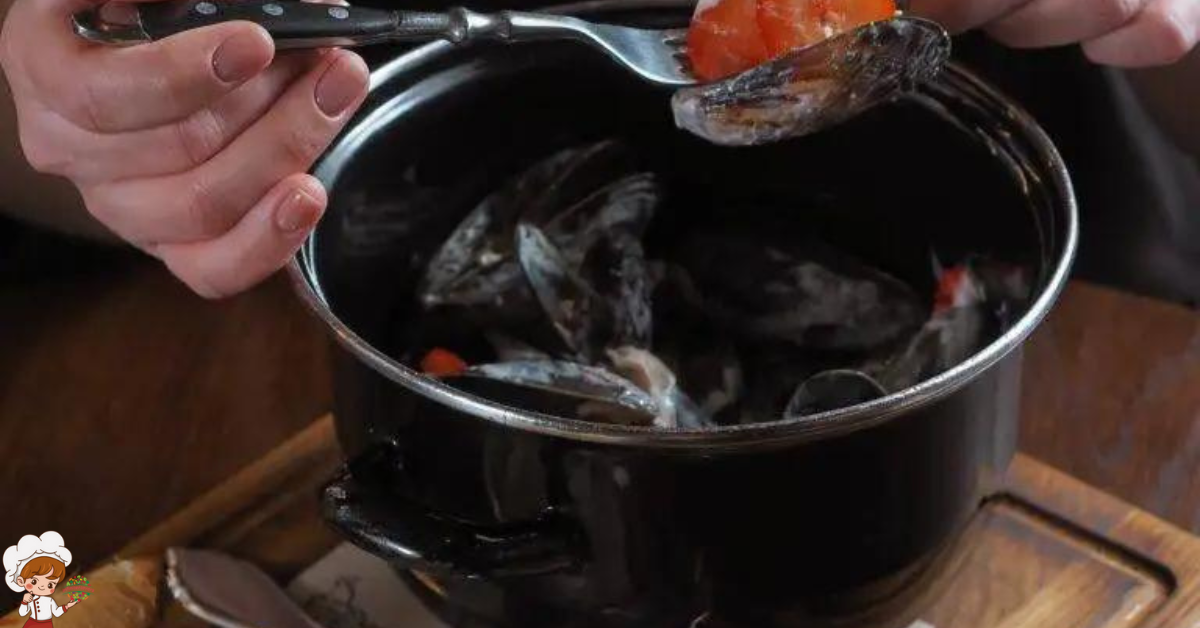The History and Origin of Easy Banana Nut Muffins

A Beloved Morning Classic
History and Origin of Easy Banana Nut Muffins; Banana nut muffins have become a staple in kitchens, bakeries, and coffee shops across the globe. Loved for their tender crumb, rich banana flavor, and the delightful crunch of nuts, these muffins are more than just a breakfast treat—they’re a symbol of comfort, resourcefulness, and timeless appeal. The beauty of banana nut muffins lies not only in their taste but in their backstory, which weaves through American kitchens, wartime economies, and the evolving world of home baking.
The rise of easy banana nut muffins—recipes that require minimal ingredients, rely on pantry staples, and offer consistently delicious results—is also tied to larger trends in cooking and convenience. What started as a clever way to use overripe fruit has blossomed into one of the most beloved muffin varieties in the world.
The Muffin: A Brief Culinary Background
To trace the roots of banana nut muffins, one must first understand the evolution of muffins themselves. Muffins as we know them today are a relatively modern invention, particularly the American-style muffin, which differs from traditional English muffins. The American muffin, baked in individual cups and leavened with baking powder or baking soda, began to gain popularity in the 19th century when chemical leaveners became available.
Before that, leavened baked goods were made using yeast, a process that was much more time-consuming. The invention and widespread availability of baking powder in the mid-1800s revolutionized home baking. Muffins became easier to prepare, and cooks could experiment more freely with flavors and add-ins.
This shift paved the way for a variety of sweet and savory muffins. Blueberry muffins may have been among the first to catch on, but banana nut muffins quickly followed, fueled by necessity, availability, and the clever reuse of aging produce.
Bananas Come to America
Bananas, the star ingredient of this muffin, were not widely consumed in the United States until the late 19th and early 20th centuries. Thanks to advances in transportation and refrigeration, bananas were shipped from Central and South America to North America, where they quickly gained popularity as an exotic and affordable fruit.
By the early 1900s, bananas were found in most American homes. However, they had a short shelf life. Overripe bananas presented a problem for housewives trying to stretch their food budget and minimize waste. As a result, resourceful cooks began experimenting with banana-based breads and cakes—moist quick breads that made good use of the fruit’s natural sweetness and soft texture.
The Rise of Banana Bread and Its Muffin Offshoot
Banana bread recipes started appearing in American cookbooks in the 1930s. This timing coincided with the Great Depression, when wasting food was unthinkable and innovation in the kitchen was essential. In addition, the increased availability of baking soda and baking powder made quick breads like banana bread easier than ever to prepare.
The banana bread recipes that emerged during this era were often simple and adaptable. It wasn’t long before home bakers began adding chopped nuts—typically walnuts or pecans—to enhance the flavor and add texture. From there, it was a natural leap to transform the beloved loaf into individual-sized banana nut muffins. Muffins were easier to transport, faster to bake, and perfect for portion control, making them especially popular among families and school lunch packers.
World War II and the Conservation of Resources
During World War II, home cooks were encouraged to make do with what they had. Rationing limited access to ingredients like sugar and butter, but bananas remained a reliable and relatively accessible food item. Their natural sweetness made them an excellent replacement for some of the sugar in baked goods, and their moisture helped stretch the fat content needed in recipes.
Cookbooks of the 1940s and 1950s often featured banana-based recipes, including muffins. The addition of nuts provided protein and crunch, making banana nut muffins not only tasty but also nutritious. These muffins fit perfectly into a wartime ethos that valued practicality and satisfaction from simple, hearty foods.
Convenience Culture and the Muffin Boom
By the 1960s and 1970s, baking mixes and convenience foods exploded in popularity in the United States. Muffin mixes, including banana nut varieties, became common grocery store items. These boxed solutions promised home-baked taste with minimal effort and were especially appealing to busy homemakers and working parents.
As banana nut muffins found their place on breakfast tables and in school lunches, they also gained traction in commercial bakeries and coffee shops. Their soft texture, sweet flavor, and nutty finish made them a perfect pairing with morning coffee or tea. The rise of coffee culture in the 1980s and 1990s cemented their status as a grab-and-go staple.
The “Easy” Evolution
The term “easy banana nut muffin” reflects more than just the simplicity of preparation. It represents a cultural shift toward accessibility in baking. Home bakers began to look for recipes that didn’t require special equipment, hard-to-find ingredients, or excessive preparation time.
Easy banana nut muffin recipes often use basic pantry items—flour, sugar, eggs, baking soda or powder, bananas, and nuts. These ingredients come together in a single bowl, minimizing dishes and cleanup. The resulting muffins are moist, flavorful, and adaptable. Whether baked in traditional muffin tins, mini-muffin pans, or jumbo molds, they maintain their comforting identity.
With the growth of food blogs and social media, easy banana nut muffin recipes surged in popularity once again. Amateur bakers shared their own twists—adding chocolate chips, using almond flour, or replacing sugar with honey or maple syrup. Vegan and gluten-free versions became common, reflecting modern dietary needs and preferences.
Why Banana Nut Muffins Endure
Part of the banana nut muffin’s enduring appeal is its emotional resonance. The smell of ripe bananas baking with cinnamon and nuts evokes childhood memories, lazy weekend mornings, and handwritten recipe cards from grandparents. Few foods offer the same balance of familiarity, flavor, and versatility.
They’re also naturally portioned, easy to freeze, and forgiving to make. Overripe bananas—something that might otherwise be tossed—become a reason to bake. The nuts provide depth and contrast to the soft crumb, making every bite satisfying and rich.
Banana nut muffins are timeless because they meet people where they are: in small kitchens, busy mornings, and nostalgic cravings. They’re a perfect example of how humble ingredients, smart thinking, and a little sweetness can turn something ordinary into something memorable.

Easy Banana Nut Muffins
Ingredients
- 3 medium overripe bananas mashed (about 1½ cups)
- ½ cup granulated sugar
- ¼ cup packed brown sugar
- ½ cup 1 stick unsalted butter, melted and slightly cooled
- 2 large eggs
- 1 teaspoon vanilla extract
- 1½ cups all-purpose flour
- 1 teaspoon baking soda
- ½ teaspoon salt
- ½ teaspoon ground cinnamon optional, but recommended
- ¾ cup chopped walnuts or pecans plus extra for topping, optional
Instructions
- Preheat the oven to 350°F (175°C). Line a 12-cup muffin tin with paper liners or lightly grease each cup with nonstick spray.
- Mash the bananas in a large mixing bowl using a fork or potato masher until mostly smooth with a few small lumps remaining.
- Add the sugars, butter, eggs, and vanilla to the mashed bananas. Stir until well combined and smooth.
- In a separate bowl, whisk together the flour, baking soda, salt, and cinnamon.
- Add the dry ingredients to the wet banana mixture. Gently stir with a spatula or wooden spoon just until combined. Do not overmix; the batter should be thick and slightly lumpy.
- Fold in the chopped nuts until evenly distributed throughout the batter.
- Spoon the batter evenly into the prepared muffin tin, filling each cup about ¾ full. Sprinkle extra chopped nuts on top if desired.
- Bake for 18–22 minutes, or until a toothpick inserted into the center of a muffin comes out clean or with just a few moist crumbs.
- Cool the muffins in the pan for 5 minutes, then transfer them to a wire rack to cool completely.
Frequently Asked Questions: History and Origin of Easy Banana Nut Muffins
What kind of bananas are best for banana nut muffins?
The best bananas for baking are overripe bananas with brown or black speckled skins. As bananas ripen, their starches convert to sugar, giving your muffins a naturally sweet and moist texture.
Can I use different types of nuts?
Yes. Walnuts and pecans are the most traditional choices, but you can also use almonds, hazelnuts, or macadamia nuts depending on your taste. Toasting the nuts beforehand enhances their flavor.
Can I make banana nut muffins without eggs?
Absolutely. You can substitute mashed bananas, yogurt, applesauce, flaxseed meal, or commercial egg replacers for eggs in most banana muffin recipes, especially if you’re aiming for a vegan version.
How do I keep banana nut muffins moist?
Use very ripe bananas and don’t overmix the batter. Overmixing can lead to tough muffins. Also, storing them in an airtight container or wrapping them individually helps retain moisture.
Can I freeze banana nut muffins?
Yes. Let the muffins cool completely, then wrap them in plastic wrap or place them in an airtight freezer bag. They can be frozen for up to three months. Thaw at room temperature or reheat in the microwave.
Why did my muffins turn out dense?
Dense muffins can result from overmixing the batter or using too much flour. Measure flour by spooning it into the measuring cup and leveling it off with a knife. Avoid packing it down.
Can I add chocolate chips or other ingredients?
Yes! Many people enjoy adding mini chocolate chips, shredded coconut, or dried fruit to their banana nut muffins. Just be sure not to overload the batter with mix-ins.
Do I need to use liners in my muffin tin?
Liners help with cleanup and make muffins easier to remove from the pan. However, you can also grease the muffin cups directly if you prefer a crispier edge.
Conclusion: A Muffin With Heart and Heritage
The story of easy banana nut muffins is about more than just baking. It’s a story of innovation, resilience, and warmth. From their roots in the Great Depression to their spot on today’s café menus, banana nut muffins have journeyed through changing times and tastes with their essence intact.
They are accessible and flexible, appealing to bakers of all skill levels and people of all dietary needs. Whether made from scratch with fresh ingredients or quickly mixed from a boxed blend, banana nut muffins carry the comforting message that good food doesn’t have to be complicated.
More than a muffin, they’re a celebration of home and history—a symbol of how we turn leftovers into something lasting and how simple pleasures often leave the biggest impact. In every bite, you taste the care, creativity, and culinary legacy that has allowed banana nut muffins to stand the test of time.








